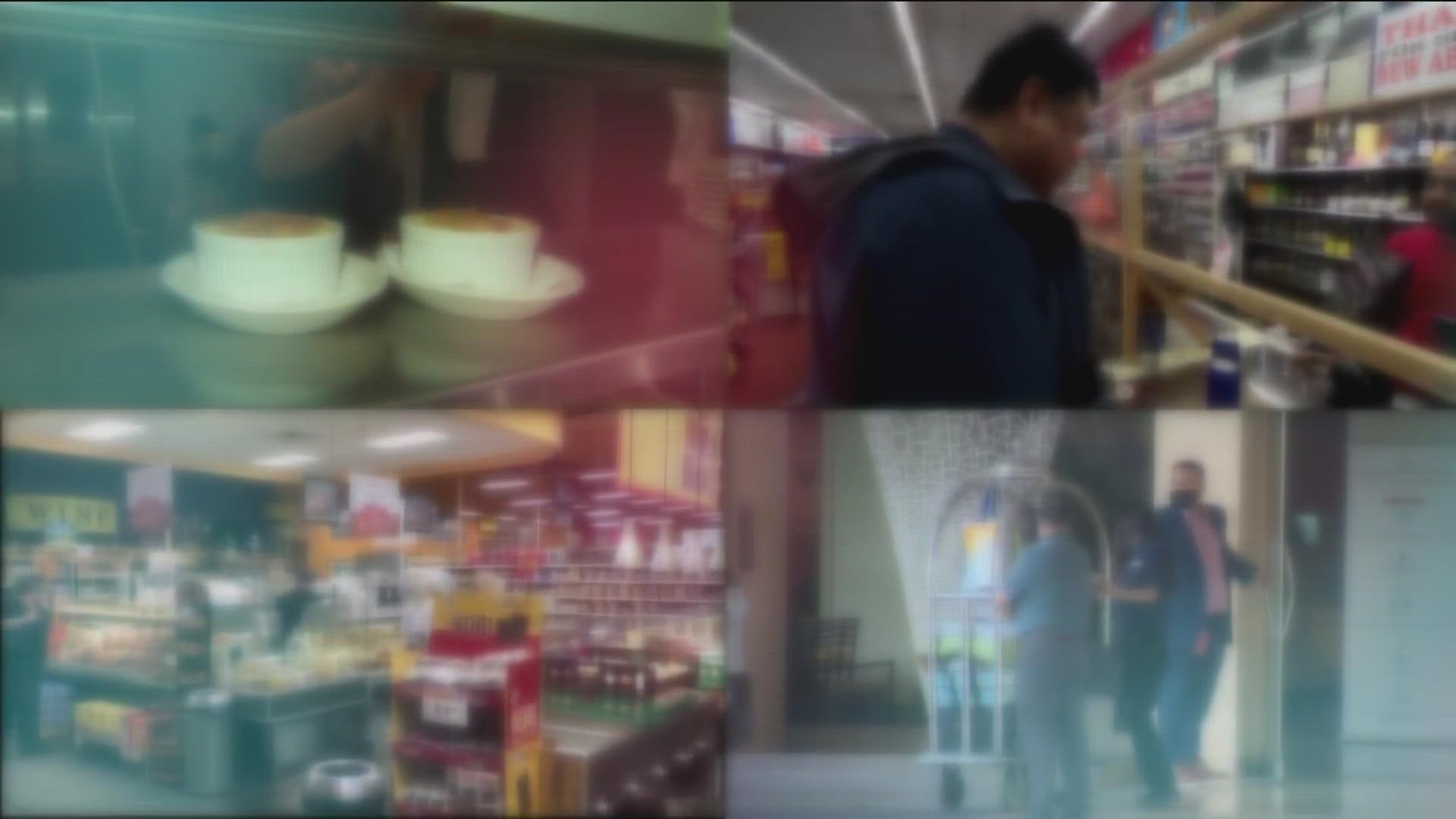COLUMBUS, Ohio — Labor trafficking, which also been known as modern slavery, is not everywhere; but it is in the U.S., in Ohio and it could be in your area.
WTOL 11 got the chance to tell you about sex trafficking as part of our Human Trafficking series. Now, we're exploring labor trafficking and where it could be happening.
According to the National Human Trafficking Hotline, labor trafficking is when individuals perform labor or services through the use of force, fraud or coercion.
At a Human Trafficking Summit in Columbus on Jan. 16, labor trafficking survivors Harold D'Souza and Suleman Masood shared their stories.
"In sex trafficking, every girl has a nickname," D'Souza said. "But in labor trafficking, whether you're a boy or a girl, you just have one nickname. They just call you illegal. They don't call me Harold. They'll snap their fingers and just say 'illegal, come here.'"
Masood said he was trafficked by a man who identified themself as a government official and fabricated documents and his identity to make Masood believe he was in a high level of government.
"In my culture, being the south Asian culture we are, we go in with an understanding that we shouldn't question it," Masood said. "We take people at their face value, what their word is."
Masood's trafficking began as sort of a mentor relationship. His trafficker claimed he was protecting him from discrimination and gang violence.
Then, Masood said the man became more aggressive.
"He alleged that since he had spent so much time, money and resource to protect me, I now have a debt to pay," Masood said.
Masood had to work three different jobs and 18-hour days with each paycheck going to the trafficker.
Years later, one of his coworkers helped him escape the situation.
Masood said escaping labor trafficking is not as easy as it may seem.
"The No, 1 question people ask is 'why? why didn't you leave when violence is involved, when constant threats are involved?'" he said. "When there are steps taken to isolate an individual from their family, it becomes very easy to stay and difficult to leave."
After Masood left, he still faced difficulty. He was struggling financially and had to rebuild his life.
"There was investigator that looked at me and said 'you should be proud you can start a new life,'" Masood said. "I looked at him and I dug into my pockets and there was nothing in my pockets and said 'how can I move on when there's no financial stability? When I don't have the resources I need to move on?'"
But, Masood pressed on despite the uphill battle he still faced. He started attending school, a first step toward rebuilding his life.
According to the National Human Trafficking Hotline, in Ohio, from 2007 (when the hotline was first established) to 2021, there were more than 300 labor trafficking cases reported. Oftentimes, cases have more than one victim.
Those numbers doesn't mean that it's not happening more.
What obstacles face discussions on labor trafficking?
"In our culture, it's a shame," D'Souza said. "If they come to know, you get stigmatized, you are out of the community."
D'Souza said his entire family disconnected with him and his childhood friends shamed him.
D'Souza said there are multiple signs that could signal a person is being trafficked. He gave a real example from a woman who ended up helping a trafficking victim after reporting the situation.
"She always would go the gas station to get gas for many years, and then she started going early in the morning at 6 a.m. to buy a coffee," he said.
The woman continued to see the same man working at the gas station, no matter what time she went.
"She goes late at night, she sees the same guy," D'Souza said. "She goes in the afternoon, she sees the same guy. She goes on Sunday, she sees the same guy. She goes on a holiday, she sees the same guy. That was a red flag."
Courtney Schmacker, the executive director of She Has a Name organization, said anyone can help fight against labor trafficking. She advised to make yourself familiar with how businesses and companies that you buy from and visit are run.
Masood said spreading word about minimum wage, worker rights and victims' rights is also an easy way to start.
"When we create awareness on what the basic worker rights look like, it creates a level of trust," D'Souza said. "From there, that hopefully creates a level of assurance that they're not alone."
The U.S. Department of Homeland Security estimates the global profit of human trafficking is $150 billion.
The National Human Trafficking hotline is 1-888-373-7888.

